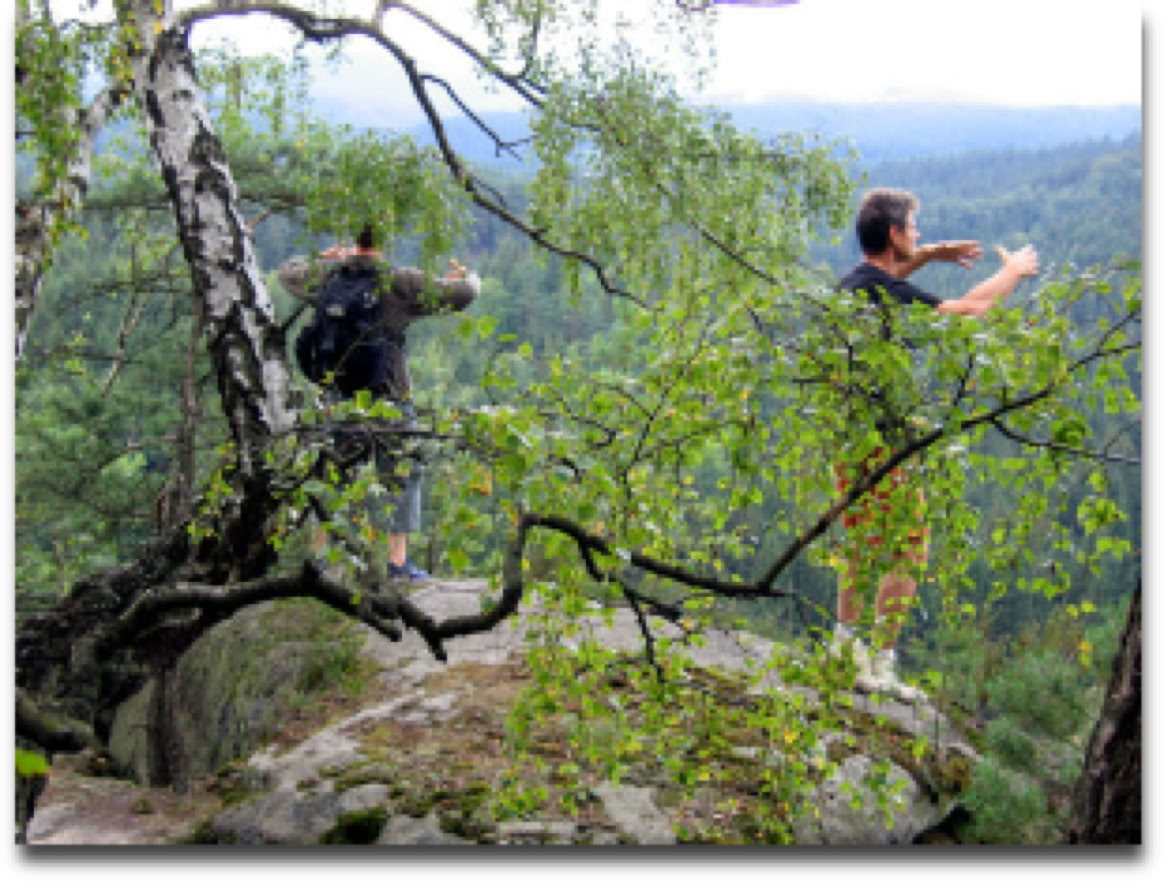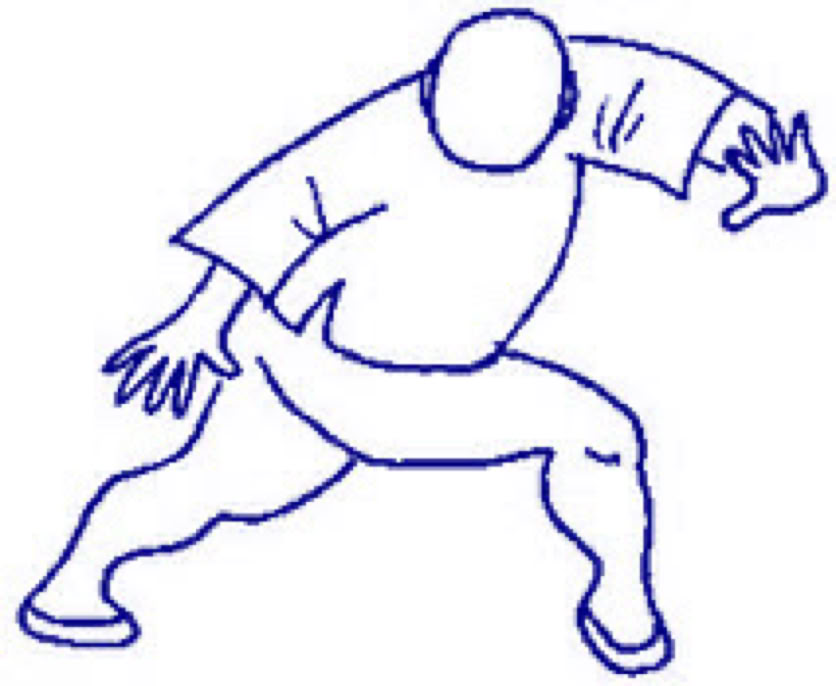

Ancient Taoism in Contemporary
Management Training & Martial Art


MARTRIX ORG.
Get your feeling working!
MARTRIX ORG.
Get your feeling working!
Ancient Taoism in Contemporary
Management Training & Martial Art


• HOME • About MARTRIX • Workshops • Trainers • Management Training • Coaching • Intuitive Boxing • Taikiken • Hachidankin • Baduanjin • 99-Taijiquan • Longevity • MartriX Exclusive Shop • Video Clips • Downloads • BrainQuakes• Index Page • Links • E-mail • HOME Nederlands •

Six Directions of Force
The six directions are: forward and backward, open and close, up and down. Every movement in Taikiken (TaiKi) - YiQuan should have three elements of the six directions, with one element usually being emphasized. For example, you can pull back, open, and up; with the emphasis being on any of the three. You can push forward, close, and down; again with the emphasis being on any one of the three.
Using your body in multiple dimensions helps promote the use of whole body power. Whole body power means just that. There is no isolated movement of just the arm or leg.
Taikiken - Kination
Menu: TaiKi
The spontaneous way
What is Taikiken
Objective of Taikiken
Theory Taikiken
Taikiken Ritsu Zen
The six directions of power
Taikiken Han Zen
Taikiken Yuri
Taikiken Hai
Taikiken Hakkei
Taikiken Suishu
Taikiken Kumite
The entire body is fully engaged in every movement. The Six Directions of Force is a useful image to teach you whole body power.
In manipulating the target, the six directions of force must be involved. Pulling and pushing has to involve your legs, hips, shoulders, and elbows as a coordinated unit.
The Six Directions of Force are present in all the Taikiken - YiQuan exercises, from ritsu zen - zhan zhuang to the most advanced
The Disputing Force
In all the exercises of YiQuan, the “disputing or contrary force” should be exhibited. The disputing force is an integral part of whole body movement.
The Disputing Force is related to the Six Directions of Force. The movement of the arms toward the front while the body is moving back adds to the amount of change that takes place when moving from a state of relaxation, to tension, to relaxation again. It is a device we use to generate power.
All movements, even Ritsuzen - zhan zhuang, make use of the Disputing Force drill.
Visualization in ritsuzen - jianshen zhuang
Standing in some position you can observe your body, and when you notice tension in some part, you can slowly, calmly relax it. Sometimes you can do 1-3 deep breaths, concentrating on the feeling of deep relax while exhaling.
You can imagine that particular parts of your body (back, buttocks, arms) are resting on soft, elastic objects.
There are many forms of visualization that can be used in ritsuzen -jianshen zhuang exercises. They are not aim of exercise but only help in achieving state of relax and tranquility.
You shouldn't strain to master any form of visualization, cause it could make you tense and confused.
It's better to use those kinds of visualization that are easy for you and without any strain help you to achieve appropriate state of mind.
Actually you don't have to care much about those visualizations if you can relax and tranquilize mind easily.
In ritsuzen - jianshen zhuang some visualizations characteristic for jiji zhuang (hanzen) can also be used (mo li -"feeling force").
Overcoming the Tiger and subduing the Dragon
When you do standing meditation, stilling the senses and tuning the breath, physically immobile, and you cause the vitality, spirit; higher soul, lower soul, and will each to rest in its own proper place; this called the “five energies returning to the basis.”
When the mind does not move, this is called “the dragon howling.” When the body does not move, this is the tiger roaring.” Not moving physically or mentally is called “overcoming the dragon and subduing the tiger.” When the tiger howls, the energy is stable when the tiger roars, the vitality is stable.
Refining vitality into energy, refining energy in to spirit, refining spirit back in to openness. This is called “the three flowers gathered on the peak.” It is also called the three passes. Body, mind and will are the three essentials.


Standing meditation in nature, will relax your body and mind.
Enjoy this feeling of deep relaxation.

Photographs: N. Kotrchova Illustrations: Rinus Schulz

© MARTRIX org. Design by:
TheFeel.org multimedia
https://martrix.org
info@thefeel.org
Last modified
May 2025
